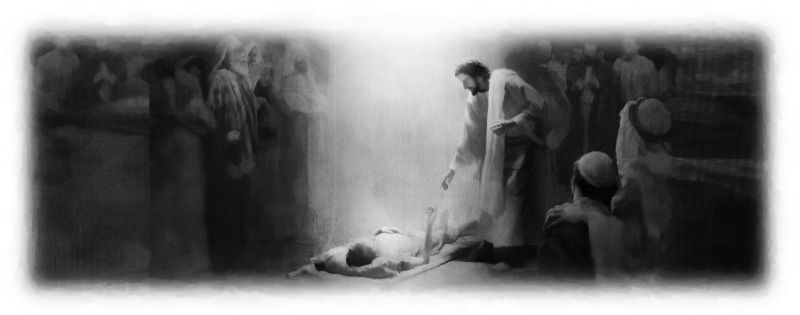Fourteen-year-old Payel changed after a 14-year-old friend committed suicide. Once outgoing, she sat quietly in the corner. Then she began to scream, shiver, and shake for no apparent reason. Terrified, she confided that she was being visited by someone who looked like her dead friend.
“Come with me,” the apparition told her. “I want to take you with me.”
Twice Payel tried to leap off a balcony, but her parents stopped her.
In desperation, the parents called Rustam for help. Rustam was a Global Mission pioneer who had planted a church in a previously unentered area of their Asian city. No one in Payel’s family was a Christian except an aunt, and she had told the parents about Rustam. Rustam explained that Payel was not seeing her dead friend but an evil spirit.
“We need to pray to Jesus,” he said.
Rustam took four church members to Payel’s home to pray. But Payel wouldn’t sit still. She screamed, flung her hands up and down, and stomped her feet. The visitors sang hymns, but every time they mentioned the name of Jesus, she shrieked, “Stop! I can’t breathe! Someone’s suffocating me!”
Rustam understood that Payel was possessed. He opened a Bible and read about Jesus casting out demons. He prayed. Then Payel became calm. She sat down, talked, and drank water. Rustam hoped that the spirit had left.
But later that night, the aunt called him at home. “Payel has started screaming and says she sees her friend again,” she said.
Rustam was puzzled. What had gone wrong? Then he remembered the Bible story in which Jesus’ disciples had been unable to cast out a spirit. When they asked why, Jesus replied, “This kind does not go out except by prayer and fasting” (Matt. 17:21, NKJV). Rustam called several Global Mission pioneers, and they fasted and prayed for two days. Then he returned to Payel’s house with a group that included a Seventh-day Adventist pastor.
When Payel saw the visitors, she tried to flee. It took four people to hold her down. But they couldn’t keep her quiet. She screamed as the visitors sang hymns for 30 minutes. Then she slipped into unconsciousness as the pastor preached about the power of Jesus from the Bible. Rustam sprinkled water on her face until she woke up. Someone gave her water to drink.
Since that visit, Rustam has returned to worship and pray with Payel and her family every two weeks. Payel has not seen the apparition again. She has returned to her old self.
“We were not ready the first time we visited her,” Rustam said. “We only were ready the second time because Jesus teaches, ‘This kind does not go out except by prayer and fasting.’ ”
Thank you for your prayers for Global Mission pioneers who, like Rustam, face huge challenges planting churches among unreached people groups around the world. Learn more about Global Mission pioneers on the Adventist Mission website: bit.ly/GMPioneers.

